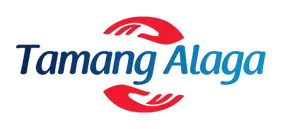You’ve definitely heard of the phrase “no pain, no gain”, meaning there can be no progress or success without struggle or suffering. This was actually popularized in the 80s by Jane Fonda, the American actress who started the aerobics workout craze through a video tape series.
This definitely makes you think sore muscles after any kind of workout or physical activity. But when is muscle soreness an indicator of soreness or something else? More importantly, can it be relieved naturally through your diet? Read on to find out.
Understanding DOMS (Delayed Onset Muscle Syndrome)
The phenomenon where muscle pain or stiffness occurs a day or two after exercise is called Delayed onset muscle soreness or DOMS. It is very common in people who have just started working out but it can happen to anyone, particularly if they have increased the duration or intensity of their workout.
DOMS is definitely normal; it’s the body’s response to unusual exertion. It’s actually a part of the adaptation process where the muscles recover as they undergo an increase in size or hypertrophy.
It’s also important to note that DOMS is different from muscle pain during exercise or caused by a strain or sprain. DOMS is more related to the increased stress in your muscle fibers as you exert them excessively, or if you engage in movements your muscles are not used to, like a new exercise.
Foods that help relieve muscle soreness
Certain foods that have certain nutrients can help you lessen next-day soreness and recover smarter. Here are some expert-recommended eats that are great for post-workout recovery:
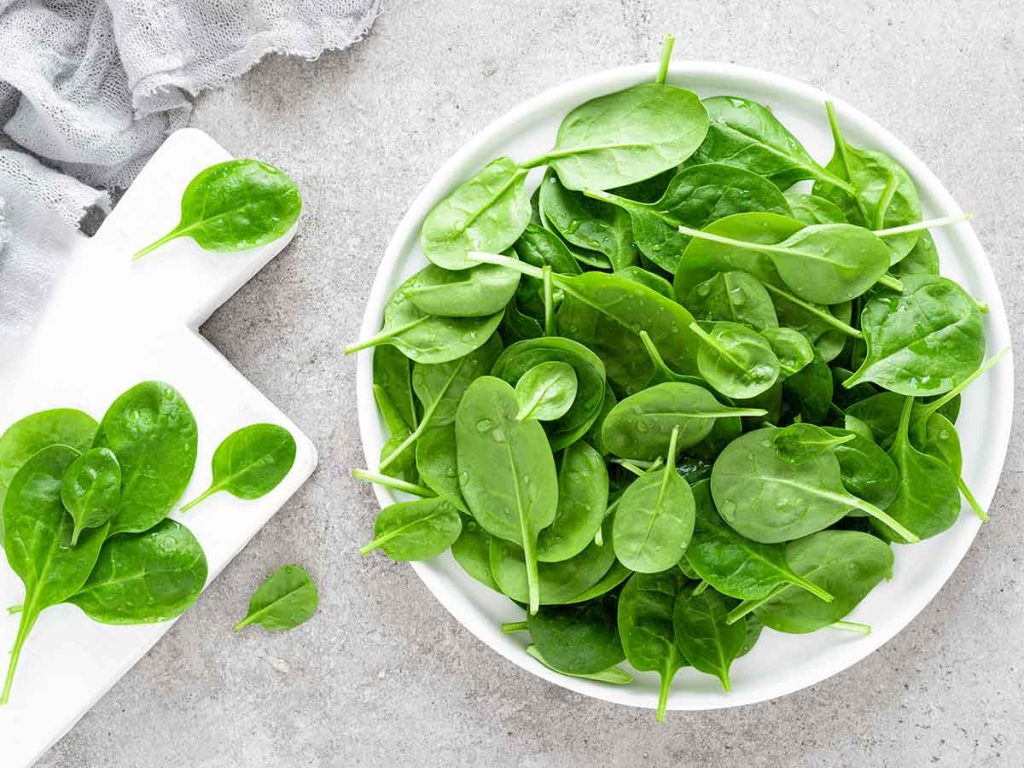
1. Spinach – https://www.hsph.harvard.edu/nutritionsource/potassium/
Spinach is packed with nutrients that help keep inflammation at bay including vitamins B, C, and A. It also boasts of 5 grams of protein per cup, definitely an ideal post-workout food. Plus, it’s something that you can easily add to your post-workout protein shake without changing most of the taste.
Fun fact: Other cruciferous vegetables like broccoli, cauliflower, Brussels sprouts, kale, cabbage, and bokchoy also have similar nutrient profiles that help with recovery.
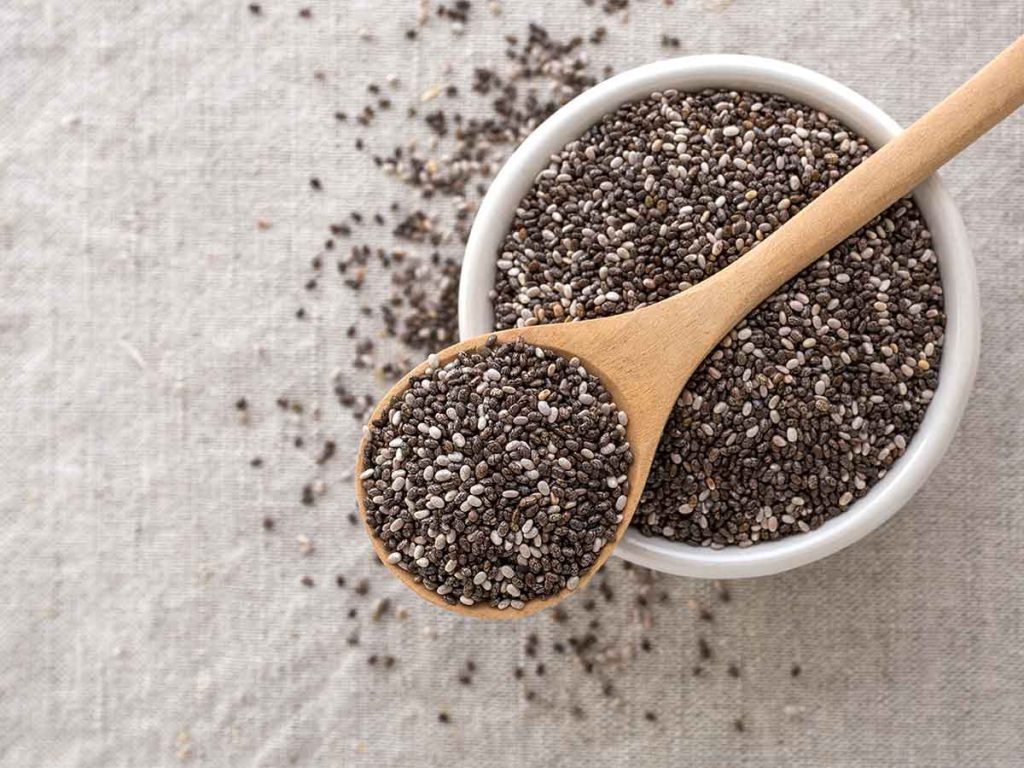
2. Chia seeds – https://fdc.nal.usda.gov/fdc-app.html#/food-details/170554/nutrients
Chia seeds aren’t called superfoods for nothing. These seeds have 3 grams of complete protein, meaning they have all nine essential amino acids which help support growth, energy production, immune function, and nutrient absorption. They also have key minerals like iron, calcium, magnesium, and anti-inflammatory fat that help with exercise recovery.
They’re also very easy to incorporate into meals. Try adding it to Greek yogurt or a smoothie!
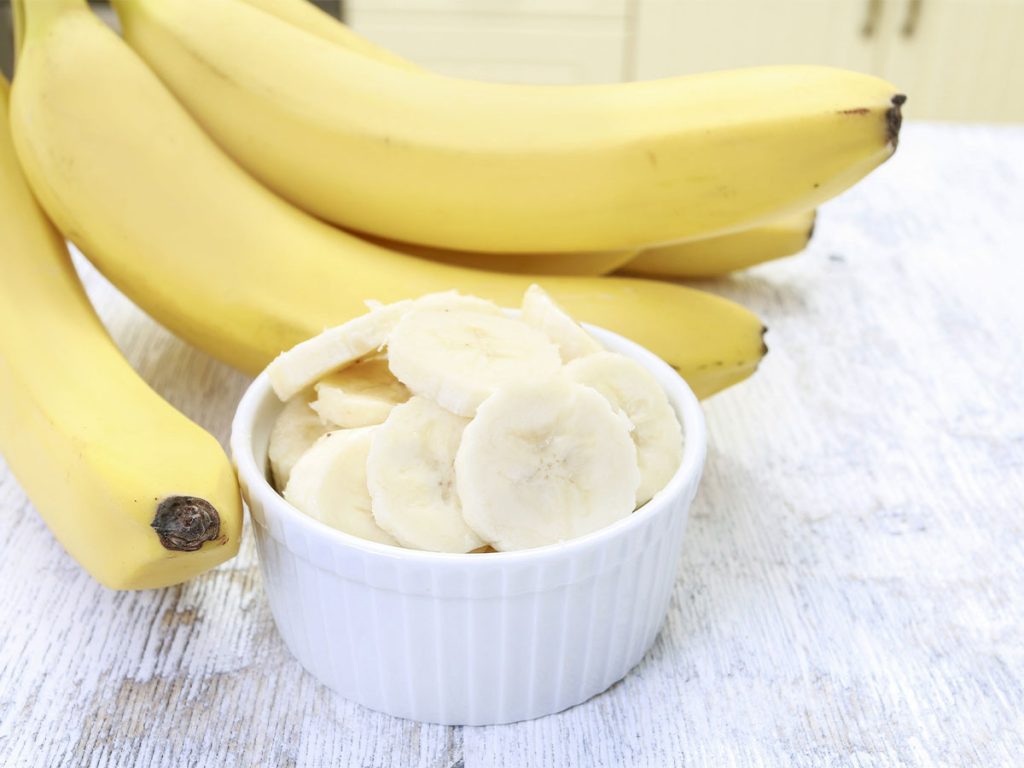
3. Bananas – https://www.hsph.harvard.edu/nutritionsource/potassium/
Another great reason to get bananas on your next grocery or convenience store run. Bananas are loaded with carbohydrates and potassium, which are two muscle-friendly post-workout nutrients. They help replenish carbohydrates that were burned for fuel during your workout, along with potassium, an electrolyte that you lose when you sweat.
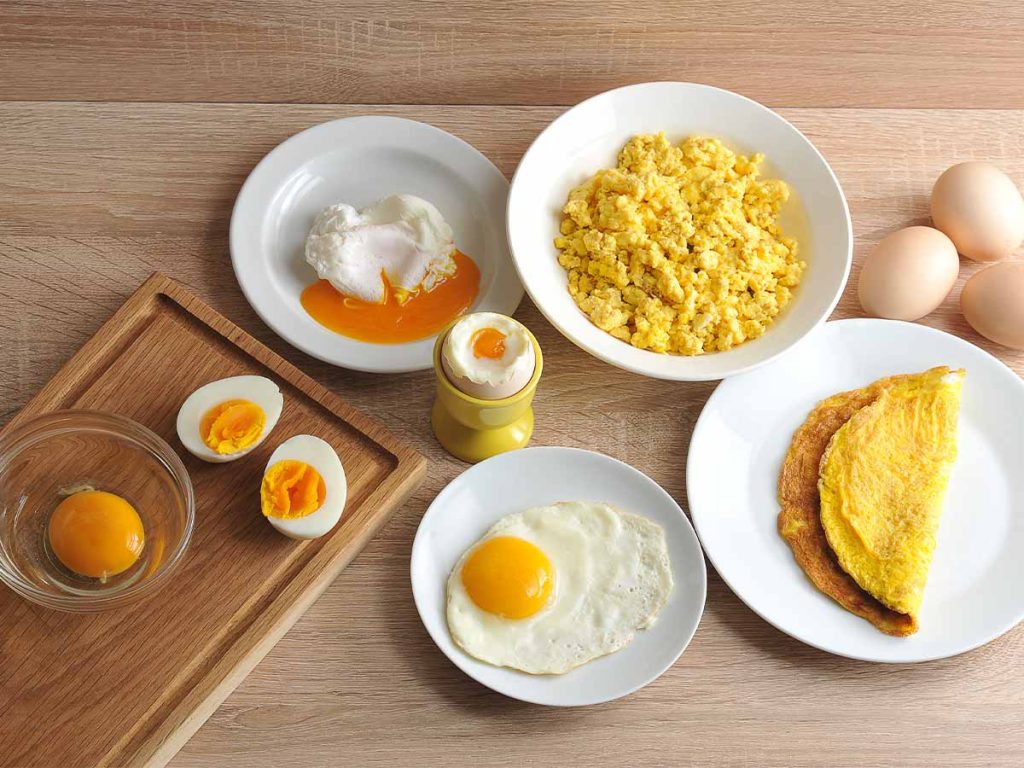
4. Eggs – https://www.hsph.harvard.edu/nutritionsource/food-features/eggs/
Another delicious and versatile food makes it to the list. A single egg has six grams of protein essential for muscle recovery. Plus, like chia seeds, they also have all nine essential amino acids so together with protein, they definitely help with aching muscles at the end of the day. Try having a healthy omelette after your workout, or pack a boiled egg to enjoy as a mid-day snack!
Other ways to treat muscle soreness
Because our bodies are different, there is no one, simple way to treat DOMS– personal experience will tell you what works best.
Aside from a diet that supports recovery, common ways to treat muscle soreness include:
- Active recovery, or doing low-impact aerobic exercise immediately after training to increase blood flow to the overworked muscles, which may help alleviate inflammation.
- Sports massage. This is also believed to increase blood flow to affected muscles, lessening the severity of swelling or stiffness.
- RICE (Rest, Ice, Compression, Elevation) is used to treat acute injuries, but may help with DOMS if you really feel that you have overdone it.
- NSAIDs like mefenamic acid can also help relieve inflammation and help minimize soreness.
When in doubt about treating sore muscles, consult with your physician. No matter what level of fitness you’re at, you can benefit from their professional advice on how to recover properly.
Sources:
https://grammarist.com/phrase/no-pain-no-gain-vs-no-pain-no-game
https://pubmed.ncbi.nlm.nih.gov/12617692
https://www.jandonline.org/article/S2212-2672(13)01891-1/fulltext
https://fdc.nal.usda.gov/fdc-app.html#/food-details/170554/nutrients
https://www.hsph.harvard.edu/nutritionsource/potassium/
https://www.hsph.harvard.edu/nutritionsource/food-features/eggs/
https://www.verywellfit.com/muscle-pain-and-soreness-after-exercise-3119254
